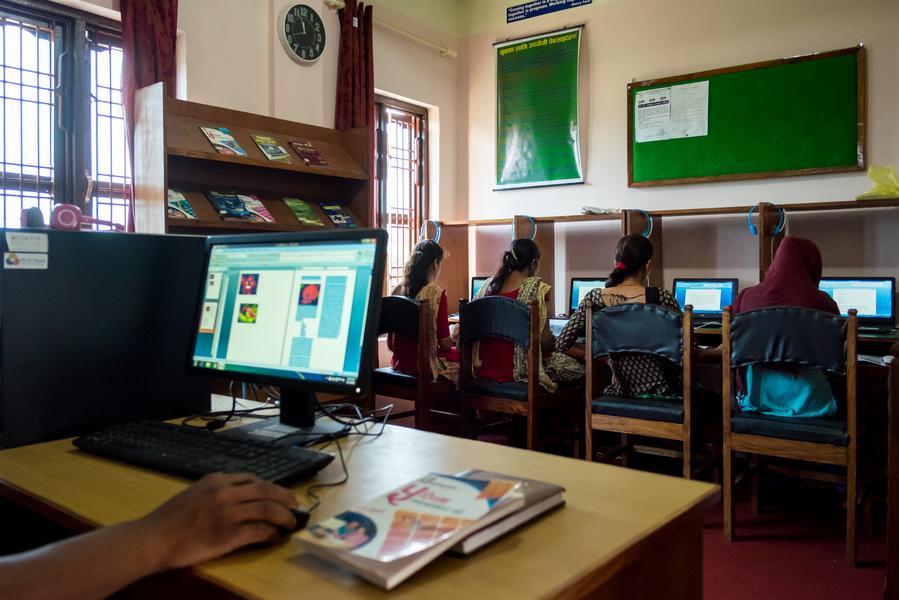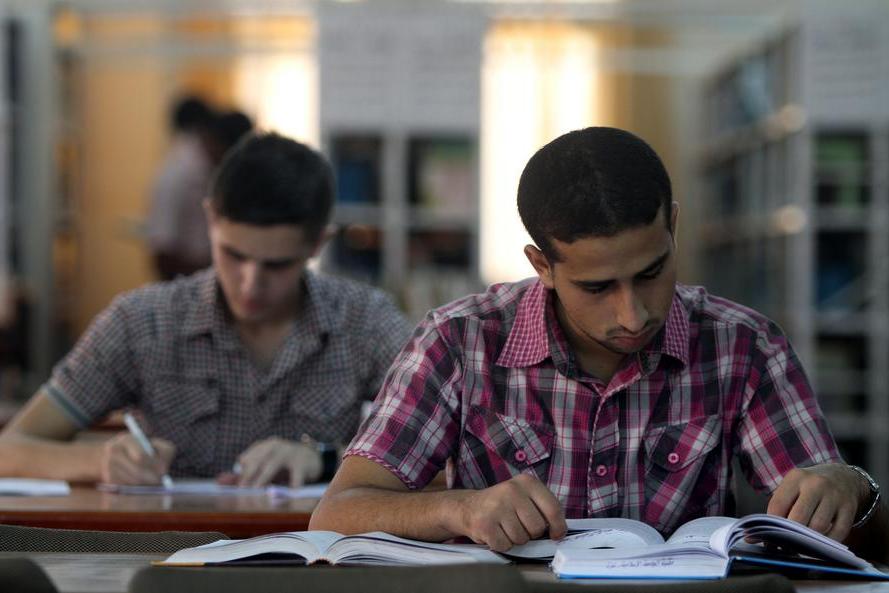Context and Issue
Most Mozambican children don't finish primary education despite increased enrollment in lower primary grades. 2016, only 45% of girls and 51% of boys completed primary school. Merely 18% of both genders enrolled in secondary school despite high net enrollment. Rural students, where most reside, face even lower completion rates. In these areas, only 60% finish lower primary by age 19 (intended completion age: 10) and 8% of girls and 14% of boys finish upper primary by age 19 (intended completion age: 13). This disparity concerns equity and societal benefits. The study was in Manica, a province with averages similar to the national level, including population density, poverty, and primary school dropout rates.
Solutions
The study involved 173 complete primary schools divided into four groups: three intervention groups and one control group. Each intervention group received attendance report cards for girls in senior primary grades, with varying incentives for attendance. The first group provided money-equivalent vouchers to girls with high attendance, the second group gave cash to parents of girls with high attendance, and the third group received report cards only. The control group received no incentives. Attendance was monitored through spot checks. The aim was to compare group attendance rates and other outcomes such as enrollment, test scores, child autonomy, and marital status.
Impact
Compared to the control group, all three treatment interventions significantly boosted school attendance. In the control group, 60.7% of enrolled girls attended school during spot checks. In contrast, attendance was 4.5 percentage points higher with information alone, 6.0 percentage points higher with cash incentives to parents, and 8.3 percentage points higher with vouchers for girls. Financial incentives and information positively impacted attendance, with direct incentives to girls being nearly twice as effective as providing information alone. However, incentivizing parents did not translate into improved test scores, while direct incentives to girls and the information intervention significantly increased test scores. The results suggest that small incentives can significantly affect attendance and learning outcomes, highlighting potential sustainability for such transfer programs.












